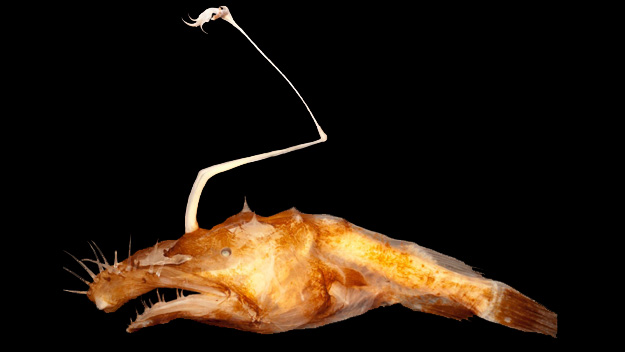-
Tips for becoming a good boxer - November 6, 2020
-
7 expert tips for making your hens night a memorable one - November 6, 2020
-
5 reasons to host your Christmas party on a cruise boat - November 6, 2020
-
What to do when you’re charged with a crime - November 6, 2020
-
Should you get one or multiple dogs? Here’s all you need to know - November 3, 2020
-
A Guide: How to Build Your Very Own Magic Mirror - February 14, 2019
-
Our Top Inspirational Baseball Stars - November 24, 2018
-
Five Tech Tools That Will Help You Turn Your Blog into a Business - November 24, 2018
-
How to Indulge on Vacation without Expanding Your Waist - November 9, 2018
-
5 Strategies for Businesses to Appeal to Today’s Increasingly Mobile-Crazed Customers - November 9, 2018
New Deep-Sea Anglerfish is Something Out of Nightmares
This newly discovered species of deep sea fish look like something that belongs in a horror movie. It’s also pretty small, ranging from 30 to 95 millimeters in length, or about one to nearly four inches.
Advertisement
Afraid of scary-looking deep-sea fish? There are more than 200 species of this fish all over the world, living at depths lower than 1,640 ft (500 m).
At the depths this new fish lives, it’s a punishing environment.
The anglerfish, found in the northern Gulf of Mexico, has been described in a research paper published in Copeia, the journal of the American Society of Ichthyologists and Herpetologists. And the fight for food is never-ending.
The new species of fish was found at depths where there is no sunlight and where the pressure is immense-over one tone per square inch.
“Finding this new species reinforces the notion that our inventory of life in the vast ocean interior is far from complete”, explains Dr Tracey Sutton with the Nova Southeastern University Oceanographic Center.
‘Every research trip is an adventure and another opportunity to learn about our planet and the varied creatures who call it home.’.
The only thing “normal” about this species is the long, angular fishing pole that’s growing out of his head – a feature that is common among all species of ceratioid anglerfish, which is used to lure prey.
Dr. Sutton leads a research team studying oil spill effects on deep-sea marine life.
For researchers, the most exciting thing about deep-sea discoveries like this is that they affirm that the majority of the ocean’s wonders have yet to be discovered.
They were collected as part of an ongoing Natural Resource Damage Assessment Process conducted by the National Oceanic and Atmospheric Administration pursuant to the Deepwater Horizon Oil Spill. A private, not-for-profit institution with more than 24,000 students, NSU has campuses in Fort Lauderdale, Fort Myers, Jacksonville, Miami, Miramar, Orlando, Palm Beach, and Tampa, Florida, as well as San Juan, Puerto Rico, while maintaining a presence online globally.
Advertisement
But this spiky, snaggletoothed fish, a sea creature from somebody’s nightmares, is adapted to the harsh world below 3,000 feet, where it was co-discovered by a scientist at Nova Southeastern University.




























